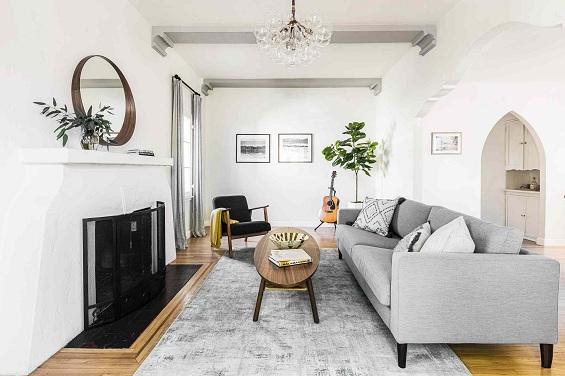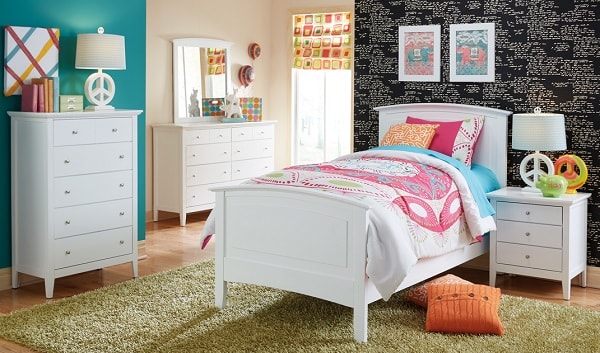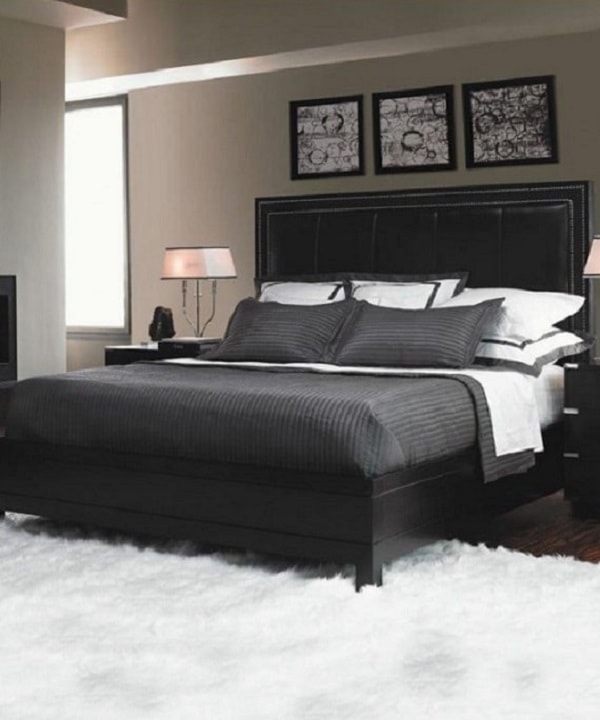When it comes to small rooms, selecting the right paint color can work wonders in creating an illusion of space, enhancing natural light, and setting the desired ambiance. Choosing the perfect paint color requires careful consideration of factors such as room size, lighting conditions, and personal preferences. In this comprehensive guide, we will walk you through the process of selecting paint colors for small rooms, helping you transform compact spaces into captivating havens.

The Complete Guide to Choosing Paint Colors for Small Rooms
Understanding the Power of Light
Light plays a crucial role in small room design. Consider the natural light sources in the room and their intensity throughout the day. If the room receives ample natural light, you can opt for lighter shades to amplify the sense of spaciousness. For rooms with limited natural light, choose colors that reflect light, such as whites, pastels, or pale neutrals, to brighten the space.
Embracing Light and Airy Tones
When selecting paint colors for small rooms, lean towards light and airy tones. Soft neutrals, such as off-whites, pale grays, or pastel hues, create an open and airy feel. These colors help bounce light around the room and give an impression of expansiveness. Avoid using dark or bold colors as they can make the space feel smaller and more confined.
Expanding Horizons with Monochromatic Schemes
Monochromatic color schemes can work wonders in small rooms by creating a cohesive and spacious look. Choose a base color and explore its various shades and tints for walls, trim, and accents. This approach adds depth to the room while maintaining a harmonious and visually expanded feel. Incorporate subtle variations within the same color family to add visual interest without overwhelming the space.
Harnessing the Power of Accent Walls
Accent walls can be a game-changer for small rooms. By painting a single wall in a bolder or deeper hue, you can create a focal point and add dimension without overwhelming the entire space. Opt for the wall that naturally draws attention, such as the one behind the bed in a bedroom or the wall opposite the entryway in a living room. This technique adds depth and visual intrigue while maintaining a balanced overall look.
Exploring the Illusion of Depth with Cool Colors
Cool colors, such as blues and greens, have a receding effect, creating an illusion of depth in small rooms. Consider using light or medium shades of cool colors to visually push the walls back and create an expanded feel. Combine them with lighter neutrals or whites for a fresh and inviting ambiance.
Testing and Sampling
Before committing to a paint color, always test it in the actual room. Lighting conditions and the room’s size can significantly impact how a color appears. Purchase sample pots of the colors you are considering and apply them to different walls. Observe how the colors change throughout the day, in both natural and artificial light. This testing phase will help you make an informed decision and ensure that the chosen color enhances the room’s overall aesthetic.
We would also recommend this : 20+ Gorgeous Small Bedroom Decorating Ideas to Copy Now
Choosing the right paint color for small rooms requires thoughtful consideration of lighting, color psychology, and personal preferences. By embracing light and airy tones, utilizing monochromatic schemes, strategically employing accent walls, exploring cool colors for depth, and thoroughly testing your options, you can transform compact spaces into visually appealing havens. With this complete guide, you have the tools to make informed decisions and create stunning transformations that maximize the potential of your small rooms.





